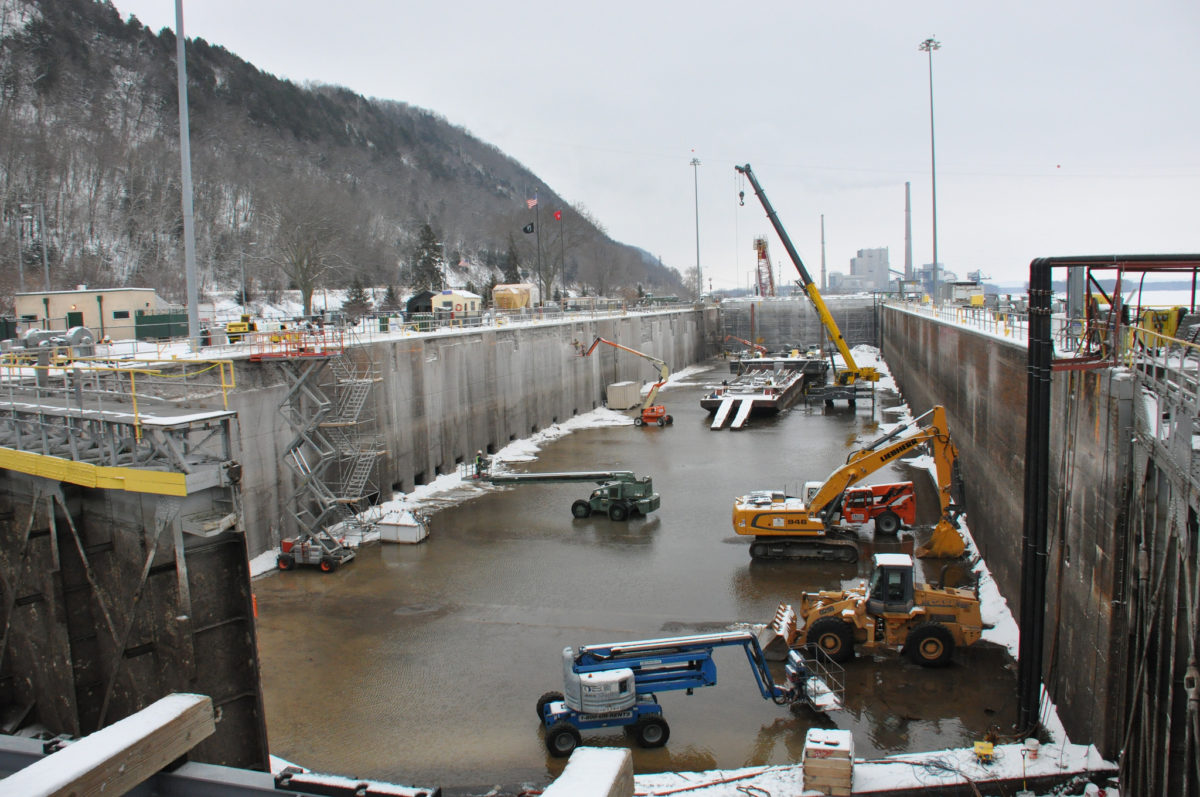From Michael Feldstein’s
“How often do you get to gather a group of faculty and other academic stakeholders from across your institution in one room and have them talk to each other about how they teach and what they need to serve their students well?”
Toward Operational Excellence at Student Success: California Community Colleges
Let’s assume that creating positive, sustained, and effective change at a university level involves:
- Getting the right people, in the right place, at the right time, to establish shared goals.
- Collectively communicating those goals and carrying them out over time.
The reason this is so hard is that every single part of that process is difficult, particularly within the existing patterns of work and life for busy, productive faculty, students, and staff at a modern university.
“Buy-in” is a holy grail, an idealized state, though sometimes this descends into notions of “incentives,” “carrot and stick,” or “removing obstacles.”
What if, as Michael Feldstein writes in the quoted article above, buy-in could be culturally re-framed not as knocking obstacles aside, but as building infrastructure?
For an example of one approach to “buy-in is infrastructure” look
“We developed strong stakeholder involvement as part of our iterative design process—one that frequently included associate deans, the registrar, compliance officers, and financial aid representatives—early in each project’s development. Likewise, we communicated well and regularly with our board, alumni, and donors.”
Even then, sustaining and maintaining that infrastructure sometimes fell by the wayside, much as it does with actual civic infrastructure:
“We do not give ourselves as good a grade on continuous communications with faculty. Early on there were many open invitations and speaker events, and a drumbeat of updates. As the work became more intense and demanding, we focused
inward, and neglected to continue to reach back out to this important community. We learned it is absolutely critical to spiral communications outward, and to be as inclusive and open as possible, especially as the work takes specific shape within a core group.”
This is hard to do! Even starting from a firm, stable footing only goes so far without monitoring, maintenance, and reaffirmation. None of those concepts are alien to the work of the university, but they do require a reshaping to day-to-day priorities.
